Utilization,practice of herbal medicine in patients with type 2 diabetes mellitus in Kuwait and their perceptions
2021-04-15IbrahimElBayoumy
Ibrahim El-Bayoumy
1Public Health and Community Medicine,Tanta Faculty of Medicine,Egypt.
Abstract Background:Herbal medicine has become a popular treatment among patients with chronic diseases like diabetes mellitus worldwide.Many patients with diabetes mellitus use herbal medicine without consulting their health professionals.The aim of this study was to assess the prevalence,pattern of use,and perceptions in type 2 diabetes patients using herbal medicine.Methods:The study was conducted during the period of 1st January 2019 to the end of June 2019 in the diabetes clinic in Farwaniya hospital in Kuwait.It is cross sectional, quantitative study.Data were collected using a questionnaire in both Arabic and English designed by the investigators after a review of the literature on use of herbal medicine.The questionnaire was administered by working nurses. Results: The study denoted that the prevalence of using herbal medicine in the study sample (350 patients with type 2 diabetes) was 30.6%of all sample, females were greater than males in using herbal medicine about 56% of patients using herbs.Black Cumin (Habba Soda) i.e. Nigella Satival was the most frequent herbs used by the patients and a herbal mixture done by herbalist.The study revealed that 70%of herbal users has bad glycemic control HbA1C ≥7%and the diabetes complications were greater in herbal users than on conventional therapy.The study showed that irregular use of herbs that were used with diabetes conventional treatment and the majority of herbal users did not inform their treating doctors about herbal use (95.3%) herbal users. Conclusion: The study revealed that 30% of the sample were herbal users and they are in need for increase their awareness and education about risks and complications of herbal medicine.
Key words:Herbal medicine,Complimentary medicine-type 2 diabetes mellitus,Perceptions,Kuwait.
Background
The use of herbal medicine or alternative medicine is widespread worldwide especially among patients suffering from chronic diseases as diabetes mellitus.
The world health organization (WHO) defined complimentary medicine as a diverse health practice,including the use of herbal medicines, mineral-based medicines and animal parts which are used as a single material or in combination to treat,diagnose or prevent illness and to maintain wellbeing[1].
Type 2 diabetes mellitus is highly prevalent among Gulf countries, prevalence of diabetes mellitus in Kuwait is 21.1% [2] and it is well known that diabetes mellitus is associated with significant morbidity and mortality, form various micro vascular complications like retinopathy, nephropathy and neuropathy and macro vascular complications like ischemic heart disease,stroke and peripheral vascular disease[3].
Complementary and Alternative Medicine (CAM)are widely used in the world.In the united states,reports from centers of Disease control and prevention showed that 40% of adults and 10% of children has used CAM treatment [4].Australian data, published in 2007 have reported that 64% of the people had used one or more modes of CAM in the previous 12 months[5].The proportion of patients using CAM over one year was 23% in Denmark and 49% in France [6].In Gulf countries like Saudi Arabia.About 30% of patients with diabetes mellitus were using herbal medicine to treat their metabolic status [7].As it is well known that some herbal remedies are proven to provide symptomatic relief and helps in prevention of complication of diabetes mellitus,and some are proven to help in the regeneration of beta cells of pancreas and in overcoming insulin resistance and improving the glycemic control in diabetic patients[3].
The chronic course of diabetes mellitus and its complication pushing patients to use alternative medicine to treat diabetes[8].Alternative therapies are gaining public acceptance and are used widely in the globe, especially among patients with chronic diseases as type 2 diabetes mellitus[9].Patients may like to use complementary medicine for many reasons, such as dissatisfied by the ordinary and conventional treatment and most of drugs with side effects and high costs[10],and these traditional methods of treatment coincide with patients ' value, spiritual and religious and beliefs regarding the nature and the meaning of death and illness[11,12].
The aim of this study to investigate the prevalence of type 2 diabetes patients using herbal or alternative medicine in treatment and control of their glycemic state ins state of Kuwait.Such investigation aims to provide essential evidence for guidance of decision makers and individual levels.
This is a cross-sectional study quantitative assessing the prevalence, type of herbal medicine used to treat type 2 diabetes was conducted between the months of first January 2019 to end of June 2019 in diabetes clinic in Farwaniya hospital in Kuwait.
Patients and methods
Study population
Sample size and recruitment strategies.
The sample size was calculated according to equation used in cross sectional studies and surveys.

So the sample size in this study assuming that the prevalence of use of herbal medicine in people.
With type 2 diabetes mellitus is 35%
Sample size = 350 patients with type 2 diabetes mellitus.
The pool of participants in this study included patients older than 18% years of age of both genders who had been diagnosed with type 2 diabetes with HbA1c more than 6.5%,fasting blood glucose is ≥123 mg/dl and post prandial blood sugar is ≥200 mg/dl for 2 times according to American diabetes association criteria [1] at least for one year prior to be included in the sample of the study, systematic random sampling technique was used to select patients for this study.Data of those patients were collected by the diabetes physician of the diabetes clinic by face to face through a questionnaire adopted and modified from previously developed and validated studies on herbal medicine use.
The structured questionnaire was composed of sociodemographic variables and questions about management of diabetes mellitus.The knowledge,attitudes and beliefs of patients with diabetes were assessed using 24-items questionnaire that was developed based on previous similar studies[13,14].
Inclusion and exclusion criteria
The study included 350 patients with type 2 diabetes mellitus who were older than age 18 years and were on conventional medications for diabetes who have good cognitive functions and successively complete the interview process.Exclusion criteria included who were not diagnosed with diabetes mellitus before the visit of the clinic and those who have not received oral antidiabetic drugs or insulin as a line of treatment or those experiencing difficulties in understanding the questions of questionnaire.
Ethical approval Number 00769 MOH was obtained from Ethics committee of Ministry of Health in Kuwait,and informed verbal and written consent was obtained from all participants.
Statistical analysis
The collected data were coded, entered and analyzed using SPSS using software version 23.Data were presented as frequencies and percentage, means and standard deviations.
The Chi-square test used to show the significant of association between different variable and use of herbal medicine.
APvalue less than 0.05 was considered significant.
Results
Socio-demographic data
A total 350 patients with type 2 diabetes were included in this study and invited to such study.About third of them have reported the use of herbal medicine in their regimen of therapy (107 NIDDM) i.e.30.7% total patient socio-demographic characteristics of patients.The study elucidated that about half of diabetic patients using herbal remedies were aged 40-60 years of age followed by about 31%of them were aged more than 59 years.
Females were more using herbal remedies than males (56.1% vs 43.9% respectively) with significant statistical difference between patients using and not using herbal remedies (Pvalue 0.001).Regarding to education of diabetic patients, most of herbal users(51.4%)were having education for more than 12 years of education, and the majority of them were Kuwaiti nationals (74.8%) with no significant statistical difference between users and non-users of remedies (Pvalue ≥0.05).
The use of herbal remedies were reported in patients with middle monthly income earning 500-1000 Kuwaiti Dinars in 46.7% of them compared with 33.7% of non-users without significant statistical difference between users and non-users of herbal medicine(Pvalue=3.195)
Prevalence and types herbal remedies used
The prevalence of use of herbal remedies is 30.7%.The majority of herbal users were using a mixture of herbal remedies done by herbalist (15.9%) followed using Black Cumin (Habba Soda) i.e.Nigella Sativalwhere 15 diabetic patients used this remedy, followed by Cinnamon i.e.Cinnamonum Zeylanicum Blumewhere it is used by 12 diabetic patients in herbal user group (Table 2).Fenugreek i.e.Trigonella-foenum graecumwere used for treatment of diabetes mellitus in 10 diabetic patients, also 10 diabetic patients were using Bitter apple i.e.Citrullus Colocynthisherbal remedies were used by ten diabetic patients as antidiabetic herbal medicine,also table 2 shows that 11 diabetic patients were using Garlic as anti-diabetic herbal remedy, Onion (Allium cepa)in 7 diabetic patients, and Aloe Vera (Aloe veraL.) in 5 diabetic patients.
Diabetes-related data
Family history of diabetes mellitus was recorded in 58% diabetic patients using herbal medicine compared to 53.4%of diabetic patients not using herbal medicine with no significant statistical difference between the 2 groups(Pvalue=0.441).
The majority of herbal users and non-herbal users were having diabetes mellitus for more than 5 years(60.7%vs 58.4% respectively).Follow up of glycemic status was not regular in 70%of diabetic patients using herbal medicine compared to 34.2 % of non-herbal users, however there was no significant statistical difference between the two groups(Pvalue=2.561).
The glycaemic status was not controlled in the majority of herbal users (71%) compared to 40 % of not using herbal medicine, so that diabetic complications were more common in herbal users diabetic patients (71.1%) compared with presence of complications in about 17%, however there was no significant statistical difference between the 2 groups(Pvalue=3.629).
Patterns, attitudes and perceptions towards herbal medicine
Friends were the main resources for information for diabetic patients to use herbal medicine,about 70%of herbal users followed by family advice in 14% of herbal users 14%,media like TV and radio and internet in 12% finally self-option in 4.7% of herbal users(Table 5).Supportive for conventional antidiabetic drugs was indicative for use in about half of the diabetic patients herbal users followed by loss of confidence with drugs used in management of DM in 29% of patients, then to avoid diabetes mellitus complications in 9.3%of herbal users.
The majority of herbal users (65.4%) have not experienced side effects.At the same time, 30 diabetic patients(28%)of herbal users experienced side effects.The majority of herbal users (60%) were using herbal remedies with the conventional treatment with either drugs or insulin.32.7% were using herbal remedies as a single way, while 8 diabetic patients were using herbal remedies at infrequent basis.
The majority of herbal users 74.8% were satisfied with the use of herbal medicine and 20% of herbal users were not satisfied by this type of treatment while 7 patients were not sure in the same time 95.3% of herbal users were not informing the doctors concerned with their consultation to treat their diabetic status.
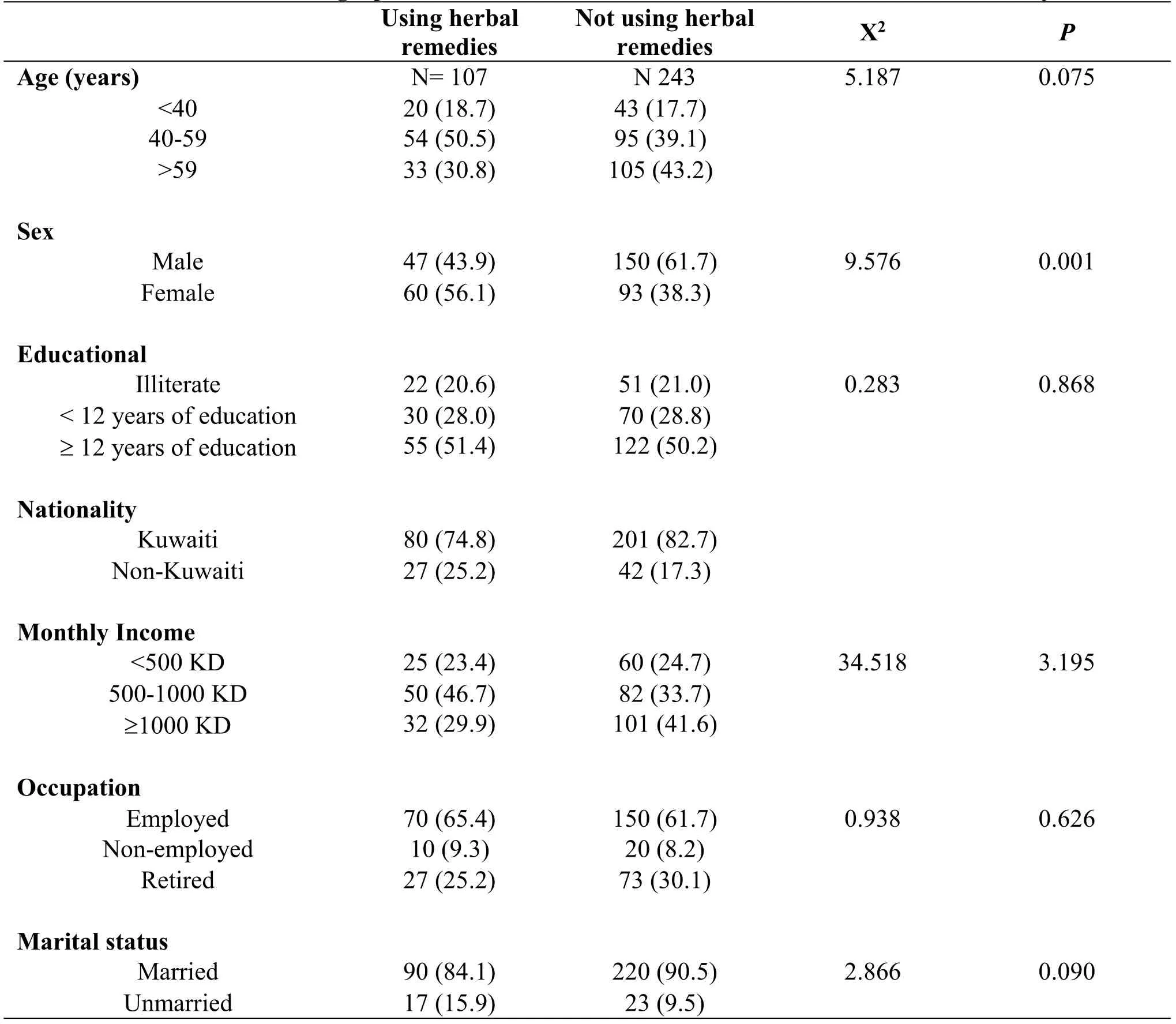
Table 1 Socio-demographic characteristics in herbal and non-herbal users in the study
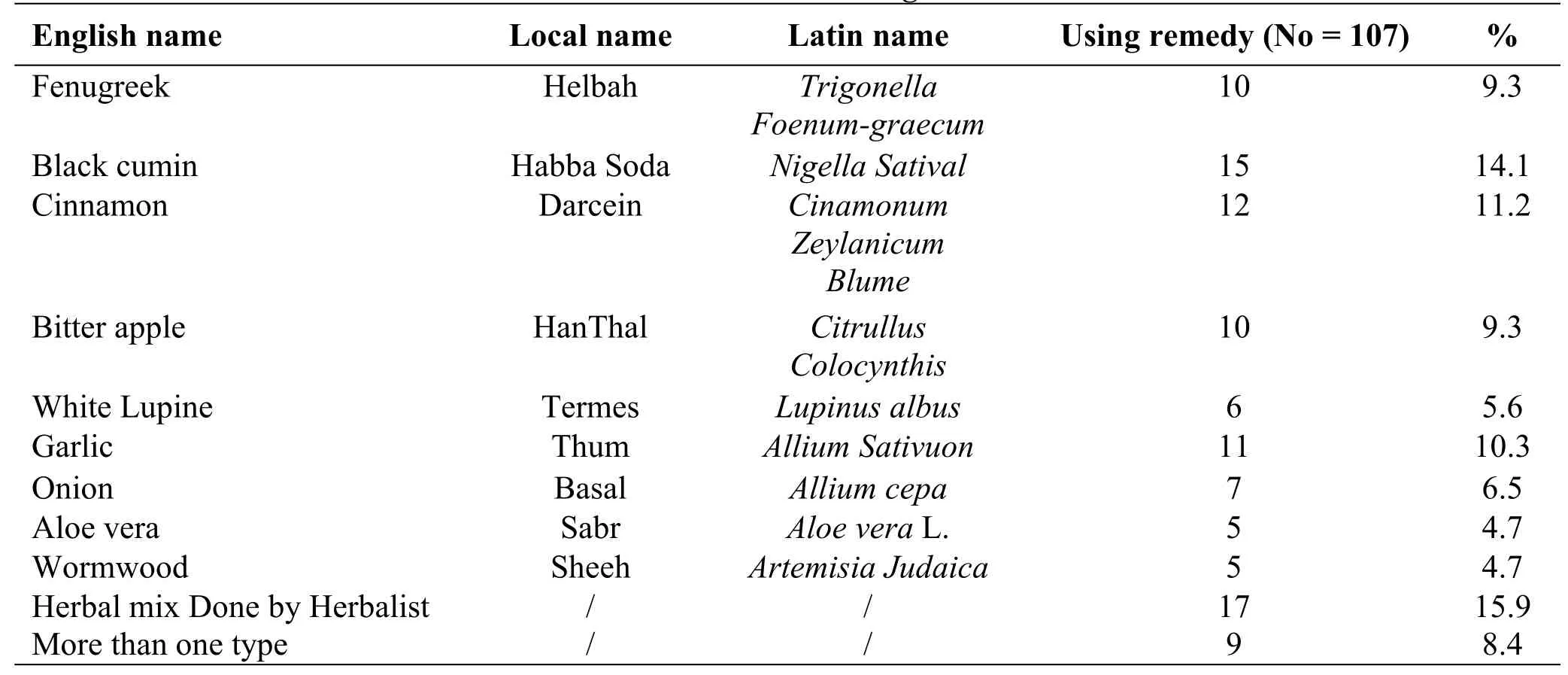
Table 2 Herbal medicine in treating diabetes mellitus
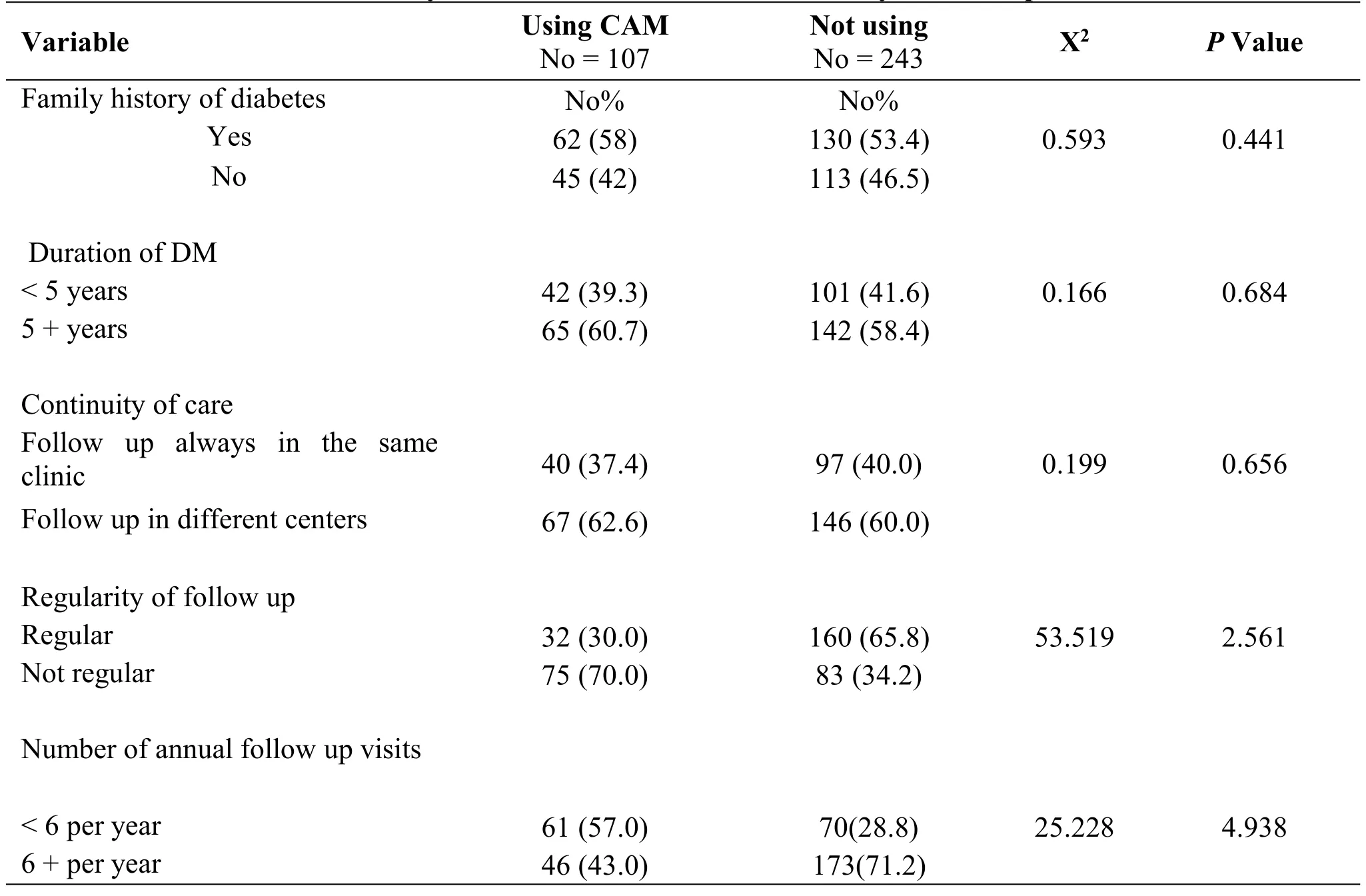
Table 3 History of diabetes,duration and continuity of care in patients
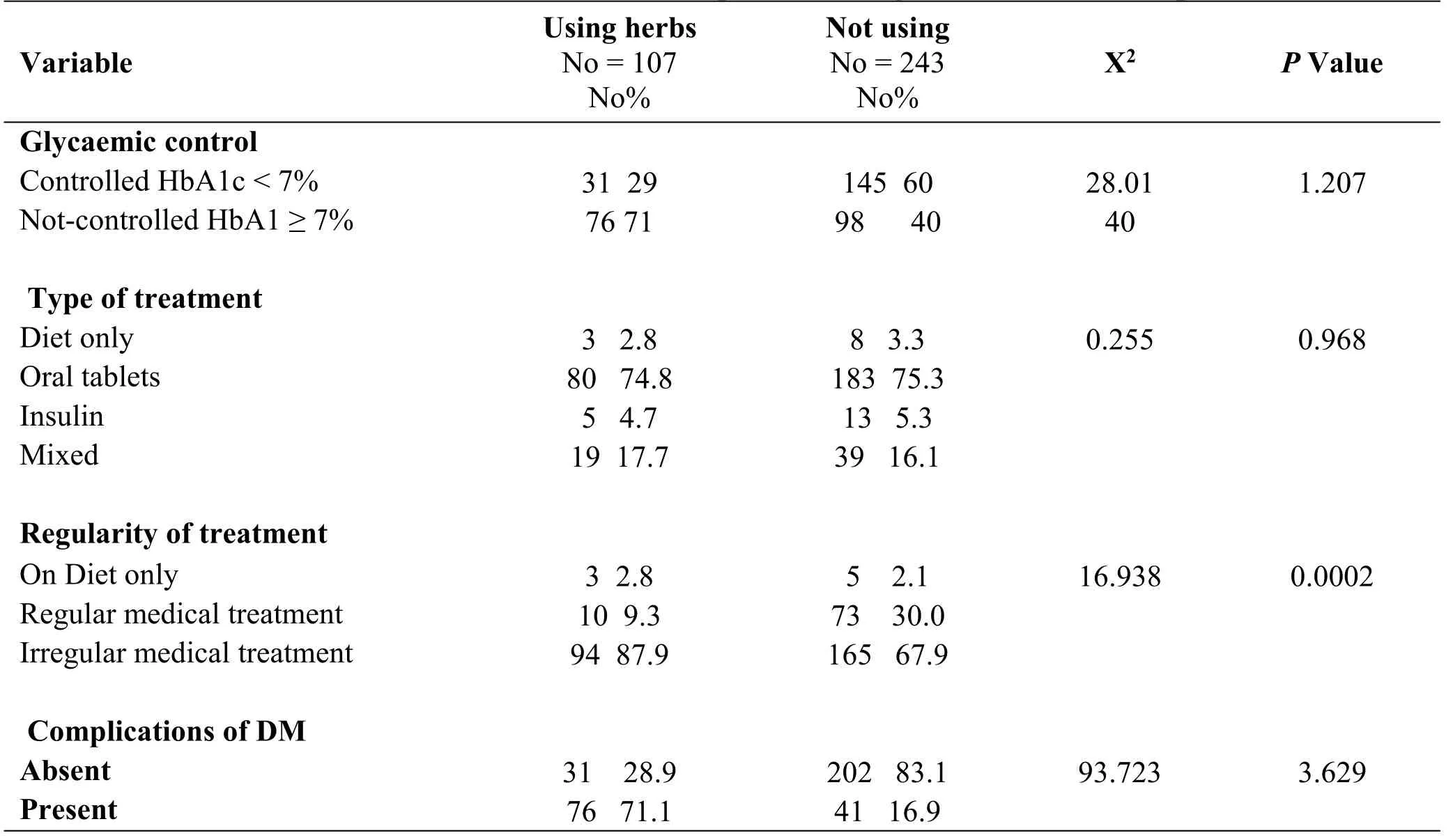
Table 4 Diabetes mellitus control and compliance among the studied diabetic patients
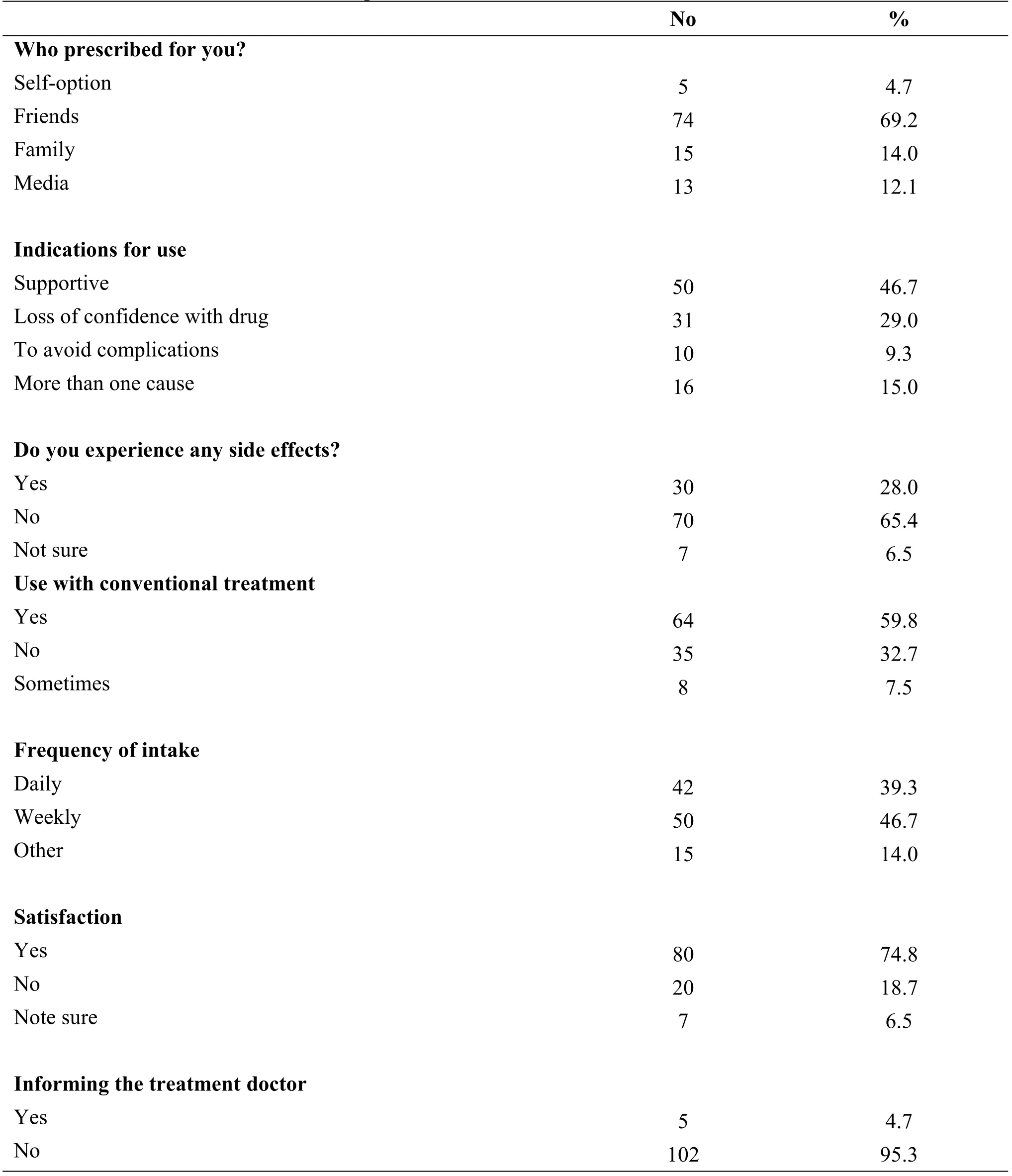
Table 5 Perceptions and attitude of use of herbal medicine
Discussion
The use of herbal therapy is a common practice in chronic diseases in both developed and developing countries [15, 16].This use may be attributed to the long standing suffering of the patients or failure of the medical treatment to bring rapid and long lasting relief and control of these diseases [17].People believe that herbal medicine is more natural than modern drugs.This is not the truth as who have reported that some herbal remedies are strong and patient, but their safety is not evident, and may be serious when taken in combination with other pharmaceuticals[18].
Diabetes mellitus is a condition in which herbs are frequently used as they are expected to have a major role in management of this chronic disease.The prevalence of use of herbs is 30.6% in this study and this finding is consistent with the study of Al Saeedi et al.[7], in Saudi Arabia where the prevalence of use of traditional medicine among patients with diabetes was 30.1%.
The most frequent types of herbs used among 107 persons in this study were herbal mixture prepared by herbalist, which was used by 17 diabetic patients(15.9%).Nigella Sativalwas followed with 15 diabetic patients accept (14.1%), thenCinamonum Zeylanicum Blumein 12 patients (11.2%), thenAllium Sativuonin 11 diabetic patients about 10.3% of diabetic patients using herbal medicine, thenTrigonella fooenum graecumin 10 diabetic patients(9.3%).
The study of Alami et al.[19] in Morocco have revealed that the prevalence of use of herbal medicine in diabetic patients was high(54.8%).In gulf countries like Saudi Arabia another study done by Al-Rowais et al.[17] have reported that 17.4% of 300 diabetic patients were using herbal medicine.The prevalence of use of herbal medicine in Kuwaiti people was less in the study of Awad et al.[20], where only 13% of the diabetic patients(104 diabetic patients).
This study has revealed that half of the diabetic patients using herbal medicine in they age between 40-60 years, and 30% in the age above 60 years of age.This finding coincides with the studies of Al-Rowais[17] and Al-Saeedi et al.[7].Females used herbal medicine more likely than males (56.1% vs 43.9%)and there was high significant difference between males and females(P<0.001).
In USA, a study was done on the American patients of Mexican origin [21], The most frequent herbs used was Nopal andAloe veraL., that used by 5 diabetic patients only in this study(Table 2).
Employment, level of education was not found to have statistical significance associated with the use of herbs, this result is not consistent with results of other studies [17, 19, 22].Also in contrast with the study of Kumar et al.2006 [23], where this Indian survey has reported that, higher level of education and socioeconomic status were significant positive correlates with CAM.
Significant relationship was observed in many epidemiological studies, between the higher prevalence of use of herbal medicine and higher ages,female gender, higher education, longer duration of diabetes mellitus high rates of complications of diabetes[8].All these factors coincide with our results except the higher education, in addition.The result of this study is consistent with the study done by Ching et al.[15] conducted in Malaysia.The educational level of the diabetic patients had no significant association with CAM.
In this study 71% of diabetic patients using herbs have poor glycemic control i.e.glycosylated hemoglobin is more than 7% and the frequency of complications of the was higher than patients on the conventional treatment, this may be attributed to the fact that diabetic patients were not using herbs have a higher degree of regularity in the follow up for their glycaemic states in primary health care centers and outpatient clinics in hospitals in Kuwait (Table 3 and Table 4).
In this study about 70% users of herbs were described from their friends to use this type of medicine, and the herbs was supportive for their drug therapy in 50 diabetic patients (46.7% of herbs users)and in 31 diabetic patients (29.0%of herbs users), due to loss of confidence in treatment by drugs.
The majority 95% of herbs users did not inform their physicians about their use of herbs in their management of diabetes mellitus.This finding coincides with the results of Khalaf et al.[13] and Argaez-Lopez et al.[24], this may be attributed to limited time of doctor's visit and this may reflect lack or inadequate doctor-patient communication during consultation or the patients may be afraid from the negative attitude of the doctors towards the use of herbs, or asking about the use of herbal medicine may be missed from doctors.
